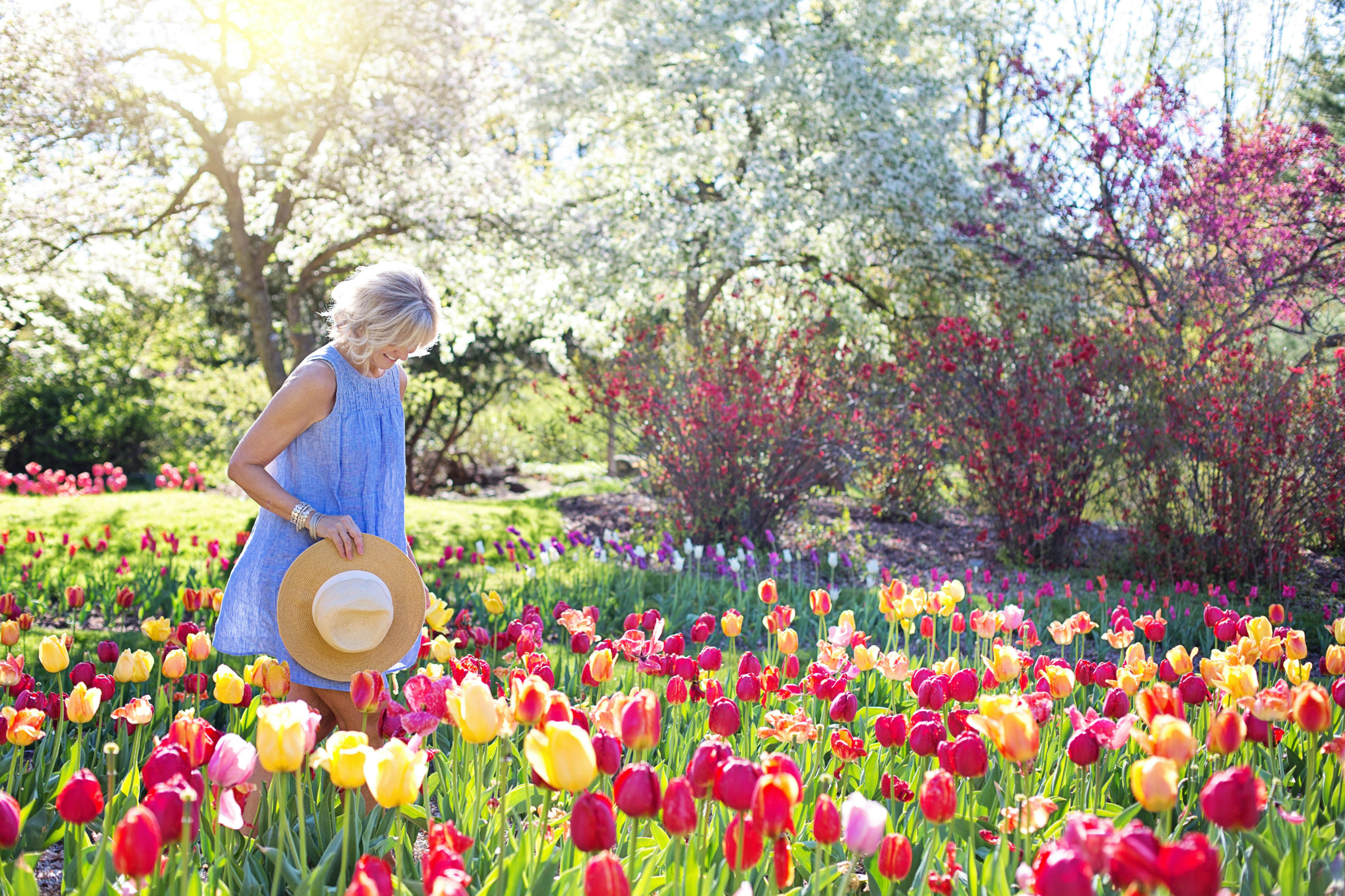We’ve all experienced it: blistering temperatures, above our typical summer averages, that have us flocking to the comfort of our homes. But what about the plants in our gardens? Unless they are in a pot and can be brought indoors, plants are stuck outside, bearing the brunt of the heat wave with no escape. Most summers have a period of abnormally high temperatures that can be highly stressful for plants — even native and drought-tolerant species — resulting in wilting, sunburn and even death.
Thankfully, there are methods we can use to moderate the damaging effects of a heat wave. We will go over five ways to help your plants survive the heat, and look at how to determine if you can revive a “fried” plant.
Heat waves don’t arrive without warning, and today’s weather technology gives us several days in which to prepare plants for an onslaught of intense heat.
Definitions of what constitutes a heat wave vary, with most stating that it’s a period of abnormally high temperatures for that particular region. Some specify that a heat wave lasts at least two days, while others begin at five days. One definition I found stated that a heat wave is when temperatures are 9 degrees Fahrenheit above the average high.
Plants in containers are most susceptible to extreme heat, as the air temperatures can “cook” the roots as well as the tops. Shallow-rooted plants such as annuals are particularly sensitive to the effects of a heat wave, while most succulents are fairly tolerant.
Let’s start with the most important tip of all.
1. Give Your Plants Extra Water
High temperatures increase the rate that water is lost to the atmosphere from a plant’s leaves, resulting in wilting and sunburn damage. You’ll need to increase the amount of supplemental irrigation that they receive. It’s best to do this the day before the heat wave arrives.
When you water your plants is also important. Irrigating them in the middle of a hot day isn’t effective, as your shrubs and perennials are devoting all their energy to dealing with surviving the heat, not to taking up water. The best time to water plants is early in the morning, when temperatures are lower, which will help carry them through the day.
Avoid overwatering, which is also harmful to plants. If the soil is soggy, skip the extra watering session, as it will do more harm than good.
2. Provide Temporary Shade
On a hot summer’s day, we all look for a shady spot where temperatures are a few degrees lower. Unfortunately, plants can’t move toward the shade, but we can bring it to them.
Nurseries and big-box stores carry landscape burlap and shade cloth, which can be placed on top of plants to screen them from the sun. Other temporary shade methods include using a portable shade canopy to shield an area of the garden from the sun. Even a single patio chair can protect a low-growing plant.
If you have container plants, place them on rollers so that you can move them as needed to a shady area.
3. Mulch, Mulch, Mulch
Hot temperatures don’t affect just the parts of the plant that are above the ground; they also impact the roots. Adding a layer of mulch around trees, shrubs and ground covers will help keep the soil several degrees cooler while preventing it from drying out.
Apply mulch about 3 inches thick around your plants, spreading it to the drip line (where the branches extend out to) and taking care to keep it 6 inches away from the trunks of trees.
4. Avoid Pruning
It’s tempting to prune away sunburned growth, as it isn’t attractive, but put away those pruners. Although the outer foliage may be damaged, it’s protecting the interior of the plant by providing shade. Wait to prune away sun-damaged growth until temperatures return to normal. For extra safety, wait until summer is almost over before pruning away in case of the arrival of another heat wave.
5. Skip Fertilizing
As we talked about earlier, plants devote all their resources to surviving a heat wave. Because of this, they can’t spare the energy to take up fertilizer, which remains in the soil and can “burn” the plant. After the scorching weather has abated, go ahead and resume your regular fertilizing schedule.
Is Your Plant Dead or Alive?
The damaging effects of a heat wave can leave you with a “fried” plant. So, how can you tell if it’s dead or can be revived?
Wilting: This signals that a plant is unable to take up water quickly enough to replace what’s lost through its leaves, which is a common occurrence in unusually hot weather.
Whether or not a plant can recover is determined by the “permanent wilting point” of that particular type of plant. If it has gone past that point, then no amount of water will bring it back. However, if the leaves begin to plump up after being watered deeply, then the plant should be fine.
Sunburned leaves: This is another sign of heat damage. When this happens, check to see if the stems are green or pliable; if so, the plant is still alive. Additionally, if there’s still some green present on the leaves, then the plant is salvageable.
Avoid removing the sunburned leaves until the heat wave is over, as they protect the healthy leaves. If the majority of the plant experienced sunburn, let any leaves with green areas remain, as that green part still functions to photosynthesize to help the plant grow new leaves.
Source: https://www.houzz.com/magazine/how-to-help-your-garden-survive-a-heat-wave-stsetivw-vs~90673598
